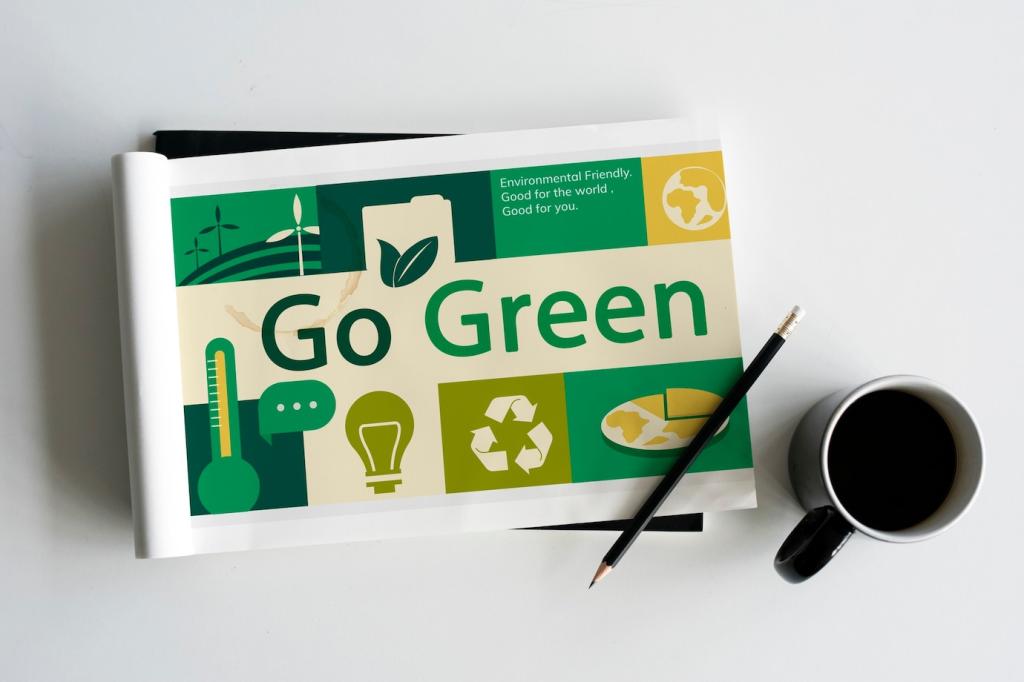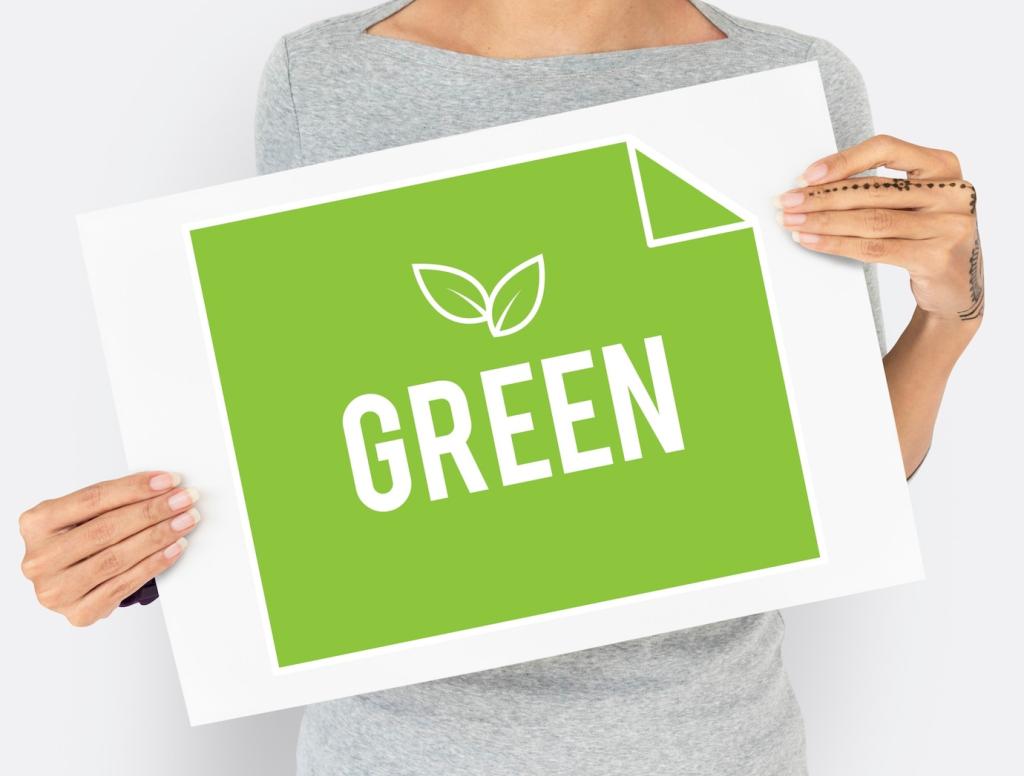Eco‑Conscious Copywriting Techniques: Words That Move People And Protect The Planet


Grounding Your Message in Authentic Sustainability
Map where your organization truly moves the needle: materials, logistics, energy, packaging, and end‑of‑life. When copy reflects real priorities, readers recognize integrity, engage more thoughtfully, and return because you respect their intelligence and the planet’s limits.
Grounding Your Message in Authentic Sustainability
Replace vague claims with verifiable evidence: lifecycle assessments, emissions baselines, third‑party certifications like B Corp, FSC, or GOTS, and dated progress milestones. Clear sourcing and context transform copy from promotion into documentation that readers can examine, share, and believe.
Data‑Driven Storytelling Without Greenwashing
Use Quantified Outcomes
Anchor promises in specifics: percentage waste reductions, kWh saved per product, or kilograms of CO2e avoided per shipment. Contextualize the data against a baseline so readers grasp scale and significance, not just attractive figures floating without meaningful comparison.
Balance Numbers and Narratives
Pair metrics with human moments: a warehouse team that redesigned packing stations to reuse offcuts, or a supplier who shifted to renewable heat. Stories give shape to data, and data keeps stories grounded, inspiring practical action rather than passive admiration.
Report Limits Transparently
Say what is not solved yet. Acknowledge constraints, trade‑offs, and next experiments. Transparency disarms skepticism, invites reader input, and creates collaborative momentum. Ask subscribers to vote on priorities and share field insights that can guide your next improvement sprint.
Low‑Carbon Writing for the Web
Cut Page Bloat, Boost Clarity
Write tight headlines, compress images only when necessary, and remove redundant scripts. Shorter copy that says more with less reduces load times and bounce rates. Readers stay longer, find answers faster, and leave feeling respected rather than overwhelmed by clutter.


Design for Energy‑Efficiency
Prefer lightweight fonts, restrained color palettes, and vector graphics over heavy photos. Host green if available and cache assets sensibly. Clear information hierarchy reduces scrolling, server requests, and confusion—saving energy while helping visitors act confidently on each page.

Frame Benefits Beyond Guilt
Lead with gains: cleaner air for children, quieter neighborhoods, or money saved by repairing rather than replacing. Positive framing sustains motivation longer than fear, and it transforms sustainability from sacrifice into shared improvement that readers want to champion publicly.

Harness Social Proof and Norms
Show how peers act: percentages of customers choosing refill options, or teams committing to train travel for regional meetings. Social proof normalizes new behaviors, reassuring readers that their choice is welcomed, practical, and already working for people like them.

Make the Next Step Frictionless
Offer one clear action per page: choose refill, opt for repair, or sign the product take‑back. Minimize form fields, prefill where ethical, and summarize impact. When effort feels small and results feel visible, conversion climbs and waste drops measurably.




Metrics, Testing, and Continuous Learning
Define Success the Sustainable Way
Track conversions tied to low‑impact actions, repeat engagement, and reduced returns, not just impressions. Add qualitative feedback scores about clarity and trust. When your dashboard reflects values, your copy naturally shifts toward messages that do real planetary good.
Test Messages Ethically
Run A/B tests that compare honest framings, not manipulative tricks. Document assumptions, share results, and retire underperforming claims. Over time, your library of proven patterns becomes a resource other teams can learn from, reducing duplicated effort and wasted experiments.
Close the Loop with Stakeholders
Invite suppliers, customers, and teammates to co‑review impact language. Publish updates on what changed because of their input, and ask readers to subscribe for transparent progress notes. This steady feedback rhythm builds collective ownership of both message and outcome.
